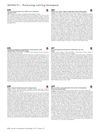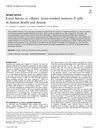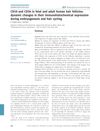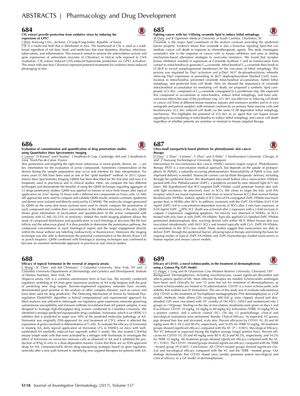TLDR CD101 is highly effective in treating dermatophytosis in guinea pigs.
The study evaluated the efficacy of CD101, a novel echinocandin, in treating Trichophyton mentagrophytes dermatophytosis in guinea pigs. Male albino guinea pigs were treated with subcutaneous CD101 at doses of 10, 20, and 40 mg/kg, compared to a positive control (terbinafine 10 mg/kg) and a vehicle control. Results showed that CD101 had significant clinical and mycological efficacy, with percent efficacies of up to 98.4% clinically and 98.5% mycologically, outperforming terbinafine. The findings indicated that CD101, administered once weekly, was highly effective in treating dermatophytosis in this model.
 April 2017 in “The journal of investigative dermatology/Journal of investigative dermatology”
April 2017 in “The journal of investigative dermatology/Journal of investigative dermatology” QMSI is a valuable method for studying drug penetration in skin tissues.
April 2017 in “The journal of investigative dermatology/Journal of investigative dermatology” Topical Vorinostat shows promise for treating alopecia areata by promoting hair regrowth.
 116 citations
,
September 2020 in “Nature Communications”
116 citations
,
September 2020 in “Nature Communications” The research identified various cell types in mouse and human teeth, which could help in developing dental regenerative treatments.
 67 citations
,
January 2020 in “Cellular & Molecular Immunology/Cellular & molecular immunology”
67 citations
,
January 2020 in “Cellular & Molecular Immunology/Cellular & molecular immunology” Tissue-resident memory T cells can protect against infections and cancer but may also contribute to autoimmune diseases.
 25 citations
,
July 2008 in “British Journal of Dermatology”
25 citations
,
July 2008 in “British Journal of Dermatology” CD10 and CD34 levels change during hair development and different hair growth stages, which could be important for hair regeneration treatments.




